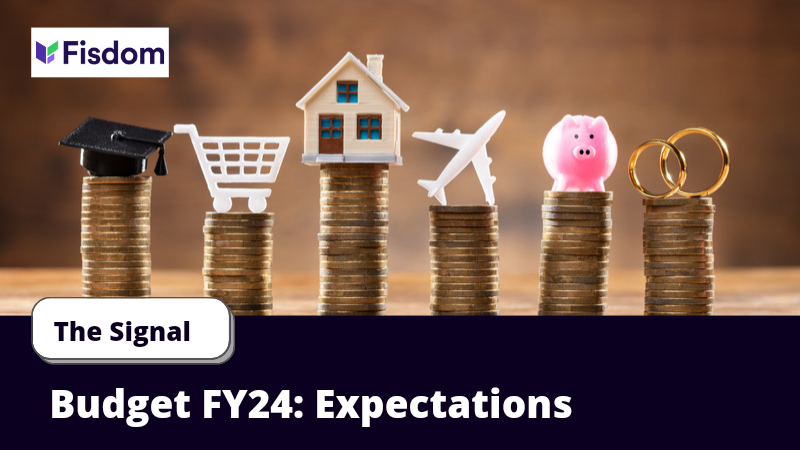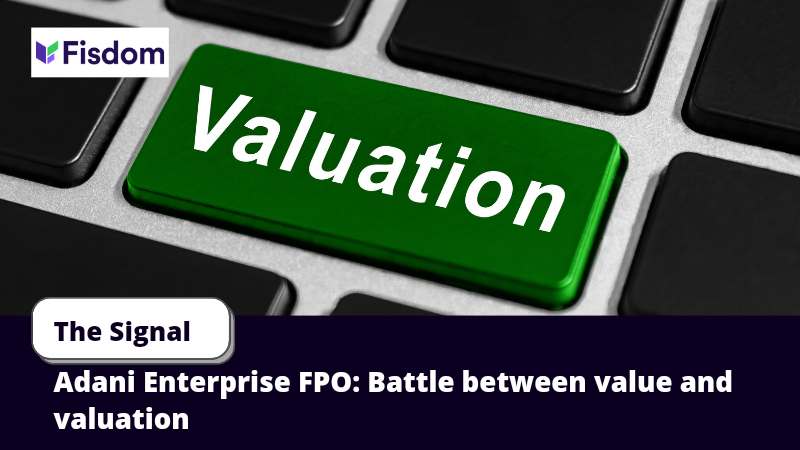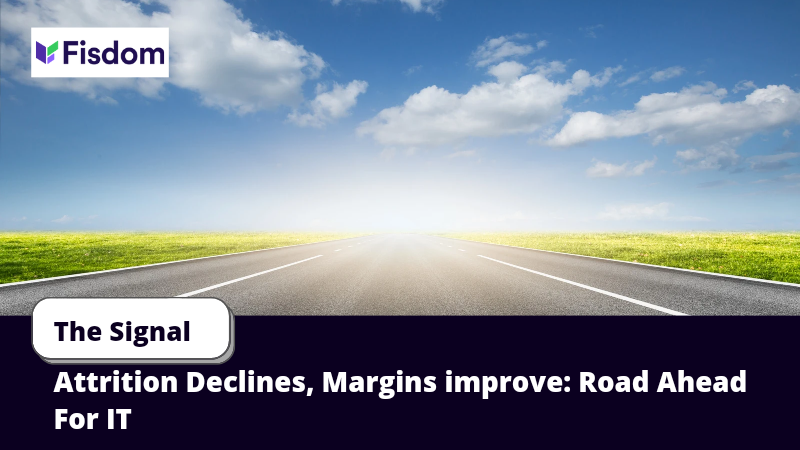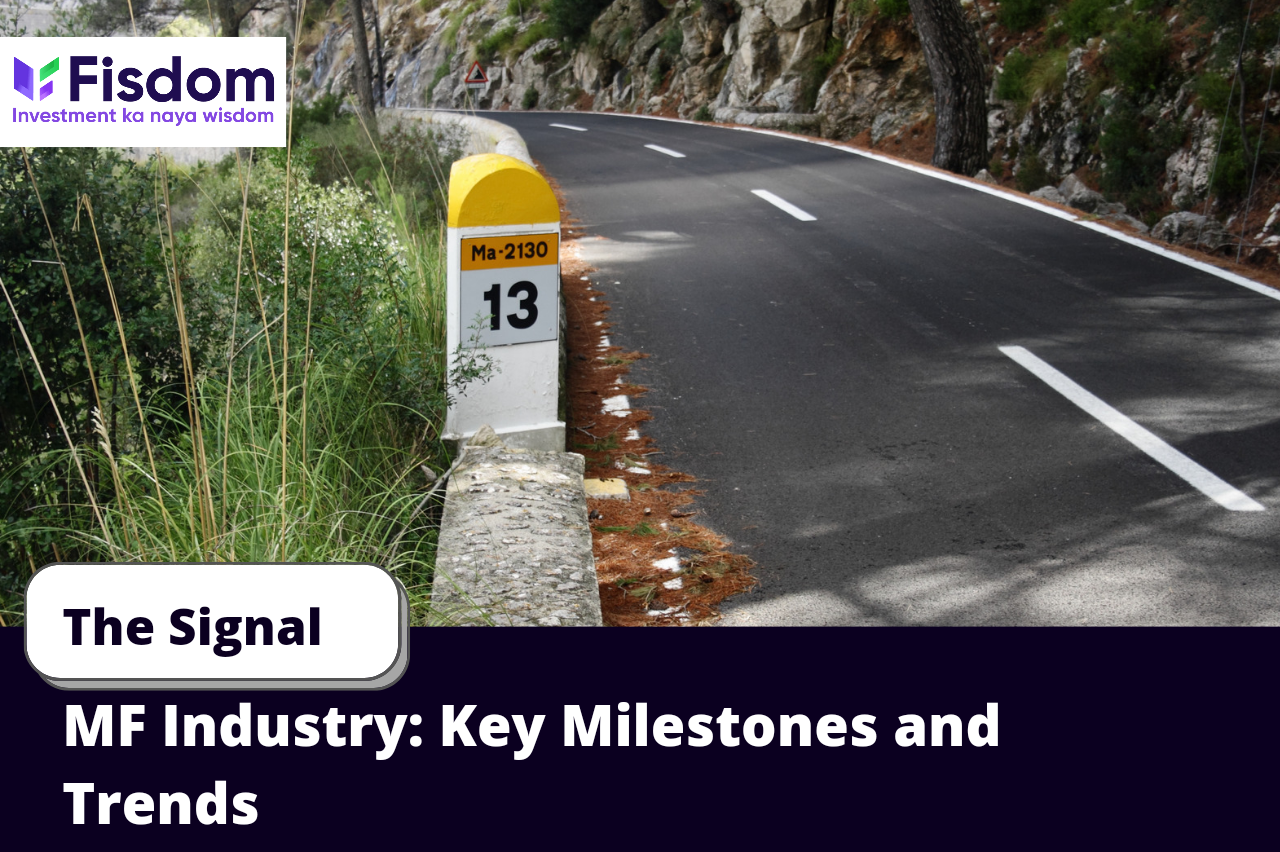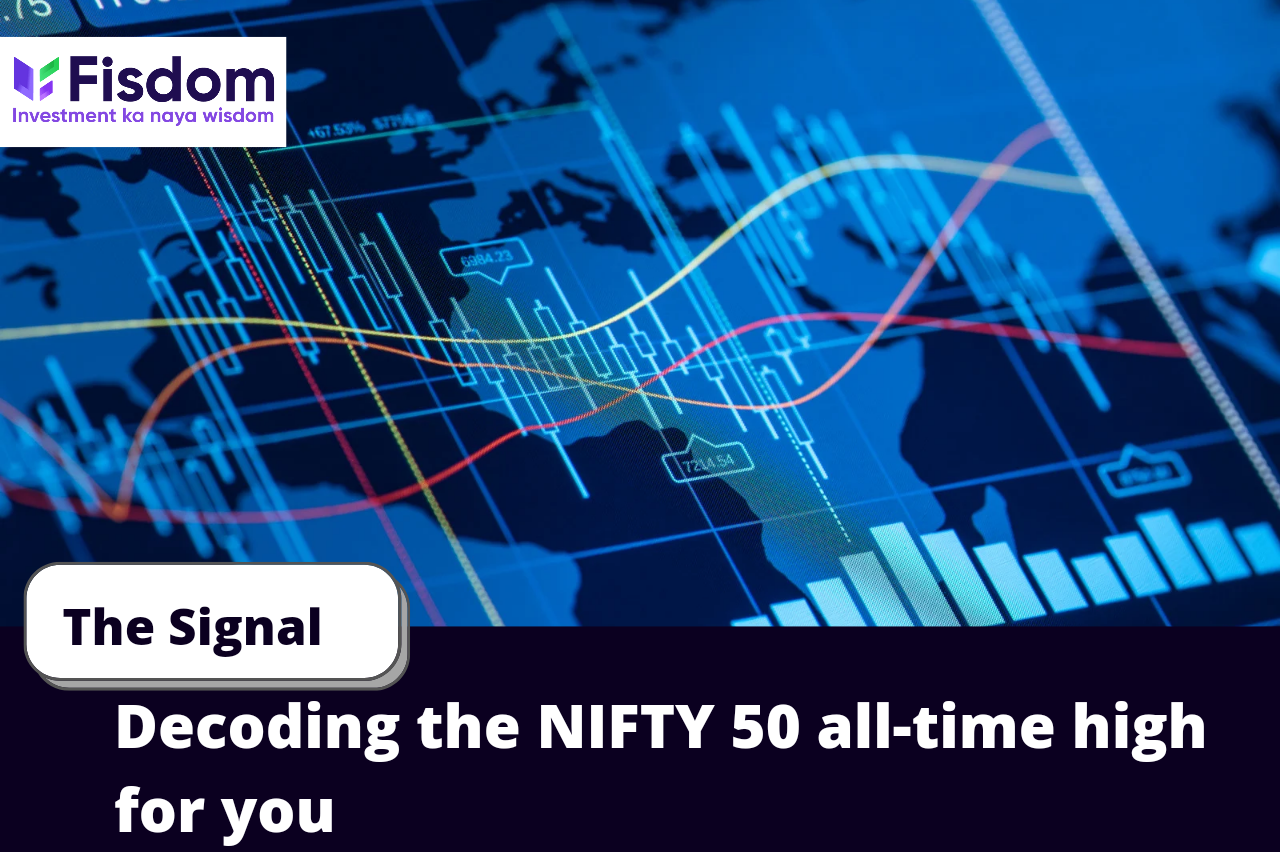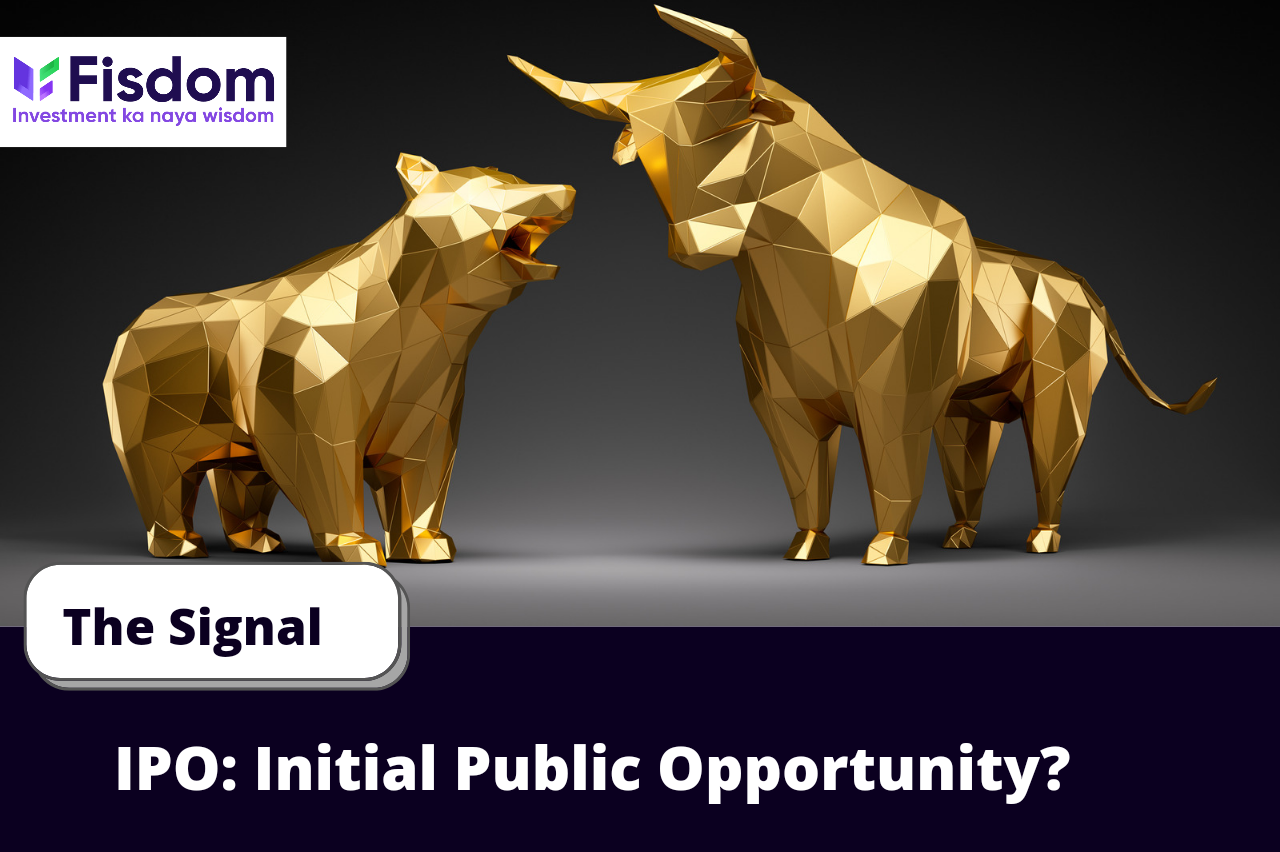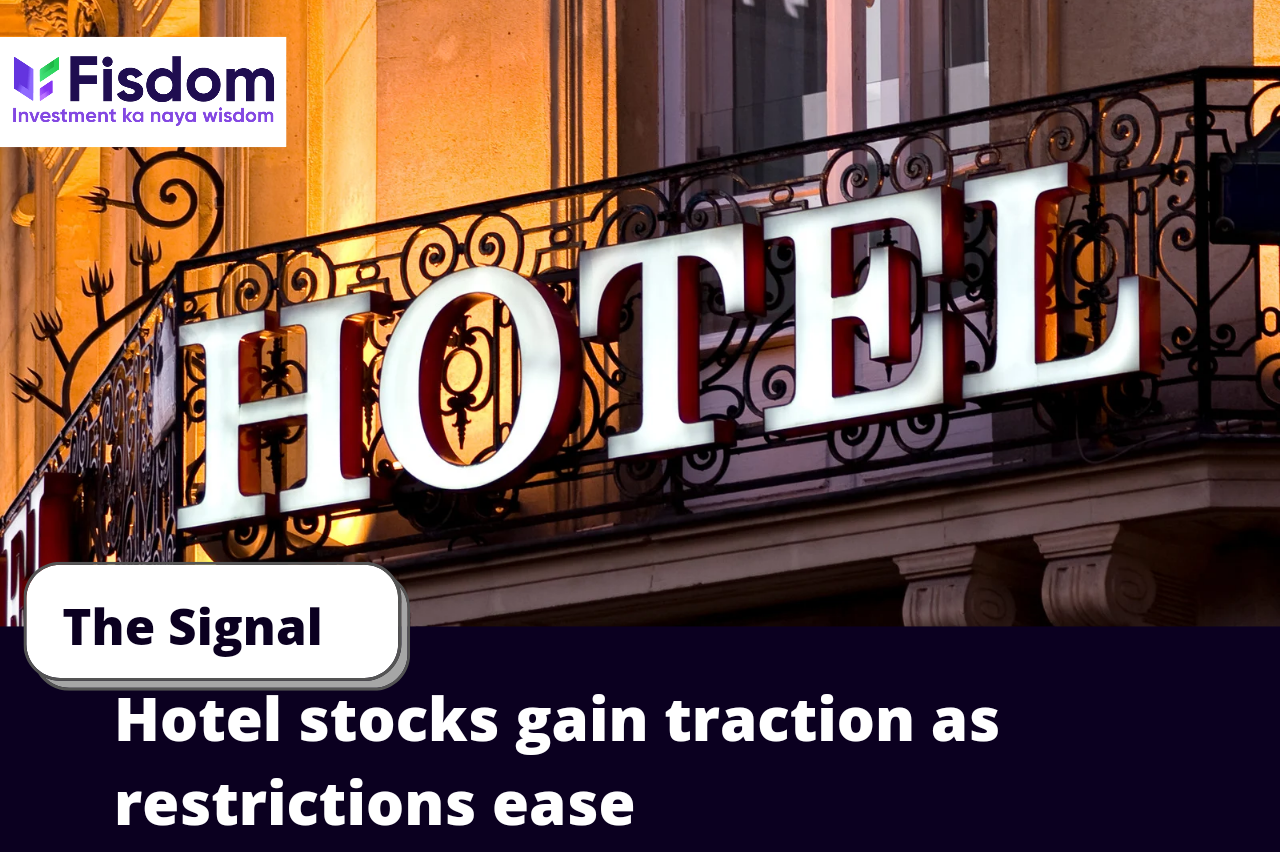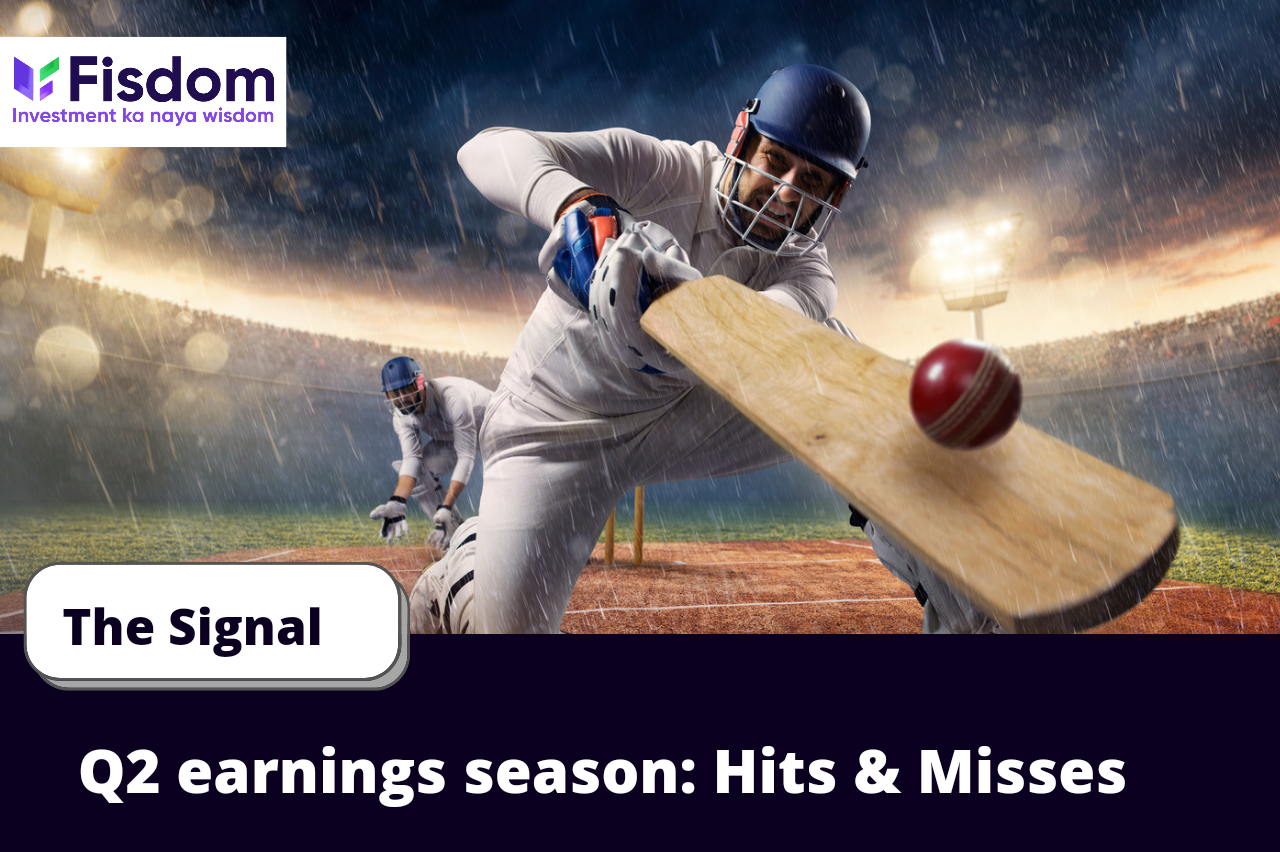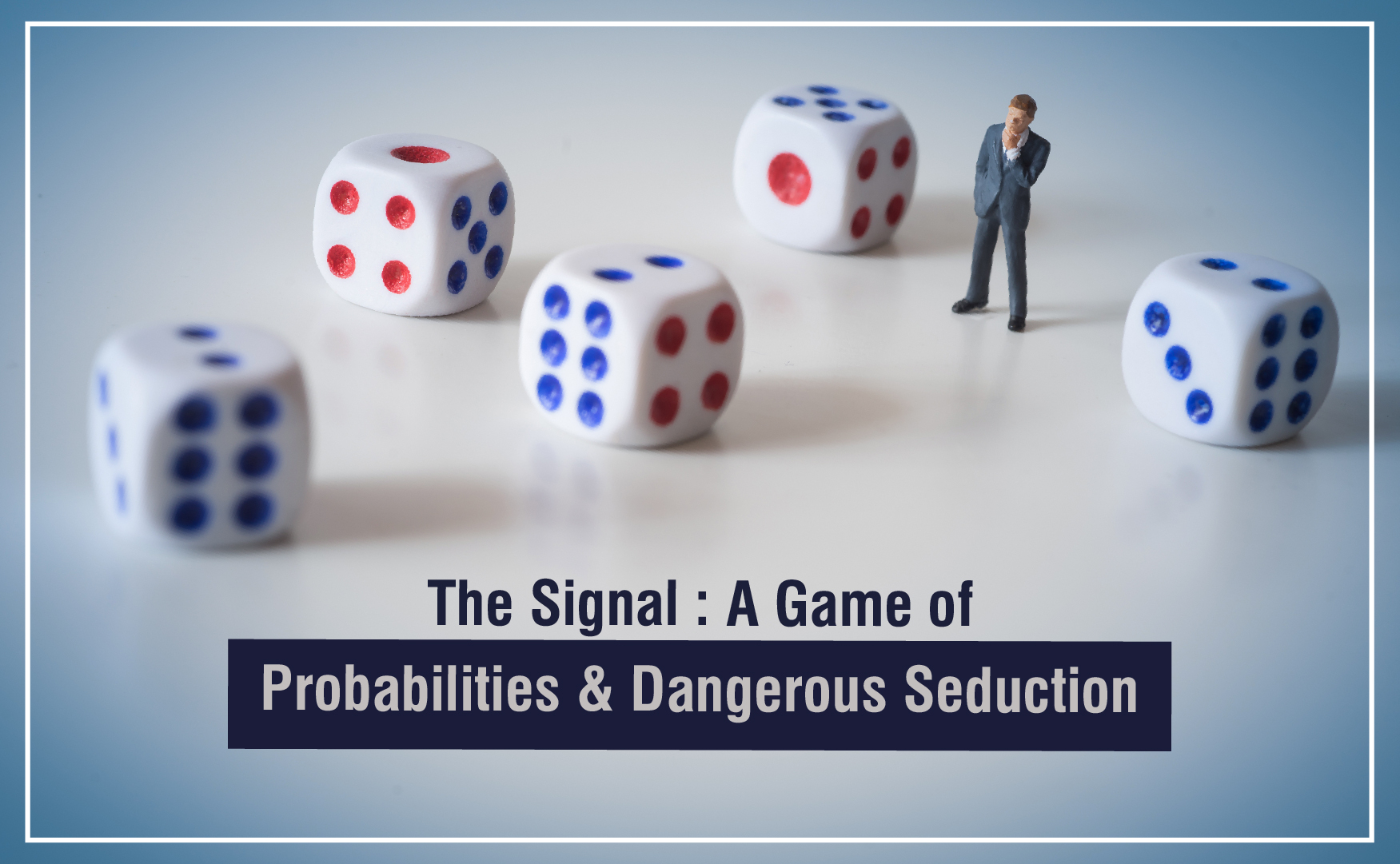
Equity markets are great asset class as long as investors invest. The moment an investor gambles, the market morphs into a game of chance – seductive but dangerous!
I have seen many investors create wealth through sound investments and observed more lose money when they get reckless with their investing – or better call it ‘gambling’.
I use the word ‘gambling’ rather loosely here.
In fact, let me define it in context – “Gambling is when an individual places a monetary bet on a favourable outcome out of a range of possible outcomes.”
To further simplify, a gamble is when the decision is basis probability more than fundamental reasoning.
This brings me to a commonly observed phenomenon among gamvestors (investors-turned-gamblers. Quirky, no?) – vulnerability to ‘The Gambler’s Fallacy’.
The Gambler’s Fallacy is a behavioural fallacy focusing on how an individual tends to believe that future probabilities are altered by past events when, in fact, they are not.
Let me simplify with an example.
We agree to play a game where I flip a coin and if it lands heads-up, I will pay you a hundred bucks and if it lands with the tail side up, you will pay me a hundred bucks. Fair game.
Now, let’s say the coin was flipped six times and each time it landed with the tail side up – which means you will pay me hundred bucks for each flip.
At this juncture, I ask if you want to go for a double or nothing flip?
There’s a good chance you blurt– “There’s no chance that coin is going to turn tail side up for the seventh time in a row!” – This is what the Gambler’s fallacy is all about!
This is when your emotions start enticing your thoughts into the room of blurred probabilities. Your mind refuses to accept that each time the coin is tossed, there’s a brand-new probability of 50:50 in force each time and there is no reason for the coin to not land with tails side up a hundred times!
A similar fallacy comes into play often when investors keep looking at stock prices or index charts for too long.
Investors tend to base their investments on notions like “this stock has been beaten down for too long, it has to recover now!” and “this stock has been moving up since almost a month now, guess this is the end of the cliff”.
However, there’s quite a probability, the stock could be beaten down for a completely fundamental reason that won’t let it see the light of day ever and the other will continue to do well because of the fundamental strength of the business.
Maybe that’s why stock prices of Kingfisher Airlines never really “recovered” even after a long dry spell and prices of blue-chip companies like Reliance Industries Ltd and HDFC Bank continue to perform over a longer period without quite “falling off the cliff”.
The gambler’s fallacy is not just limited to an expectation of reversal in trend but also an unexplained belief in the continuation of a trend. The fallacy has to do with the perception of chance basis emotion more than mathematical probability.

Obviously, stocks and securities are cyclical – but they are cyclical because of the dynamic demand-supply forces. The problem is when investors choose to ignore the forces that drive prices in a certain direction and instead rely on their gut-feeling about prices – which is often fuelled by a hazy perception of probability. This oversimplification may be seductive but is dangerous!
What should an investor do?

Drawing upon a number of conversations I’ve had with investors on this, I realised the vaccine against this fallacy is pretty simple.
Each time you make an investment decision, ask yourself – “What’s the rationale behind this decision?”. If the immediate response has anything to do with the current price trend, take a step back.
It does not matter if you are expecting the trend to continue or reverse, what matters is that you are taking a chance and not really making a decision.














